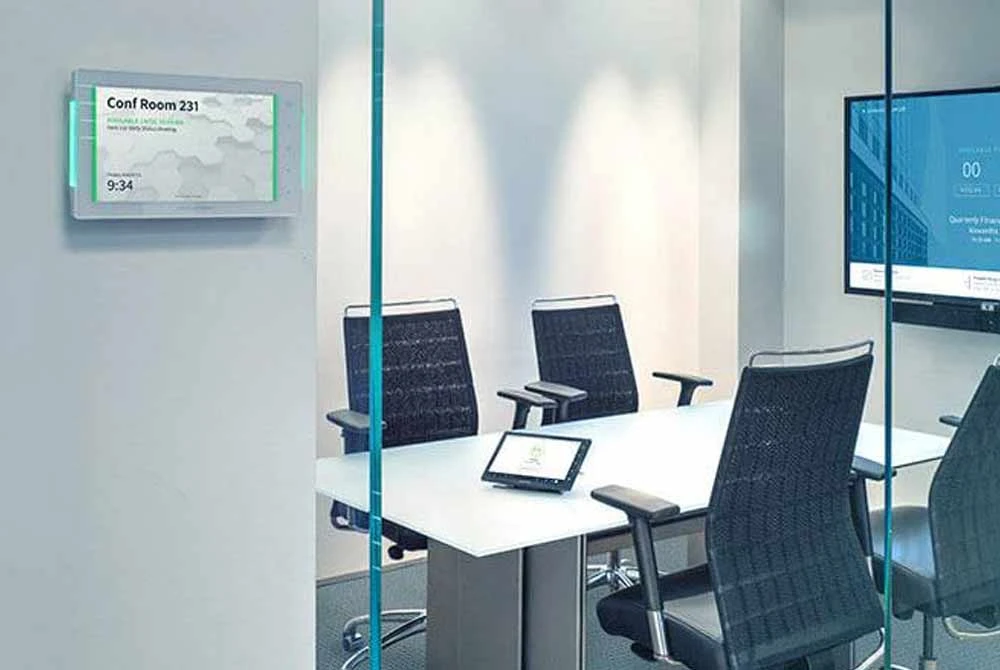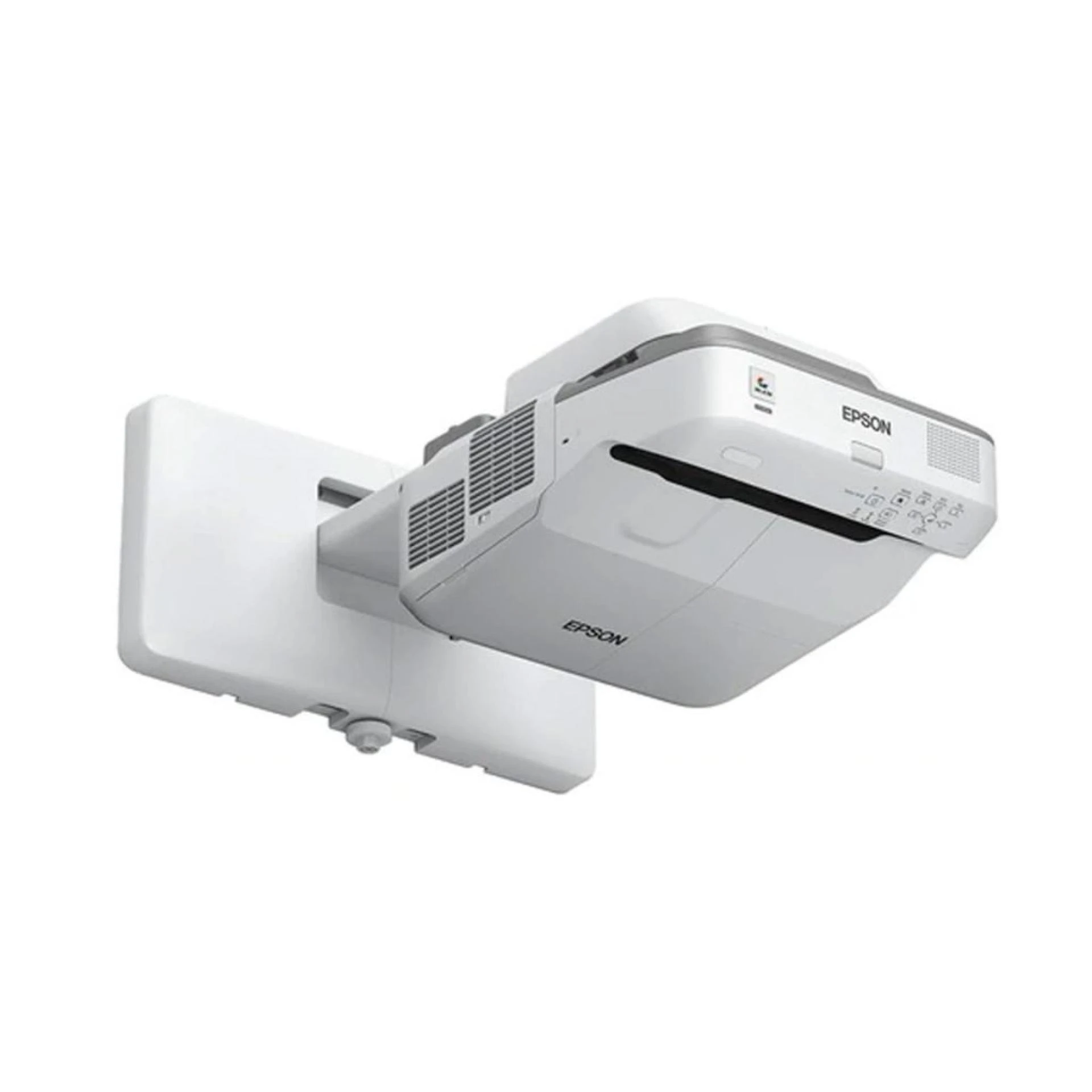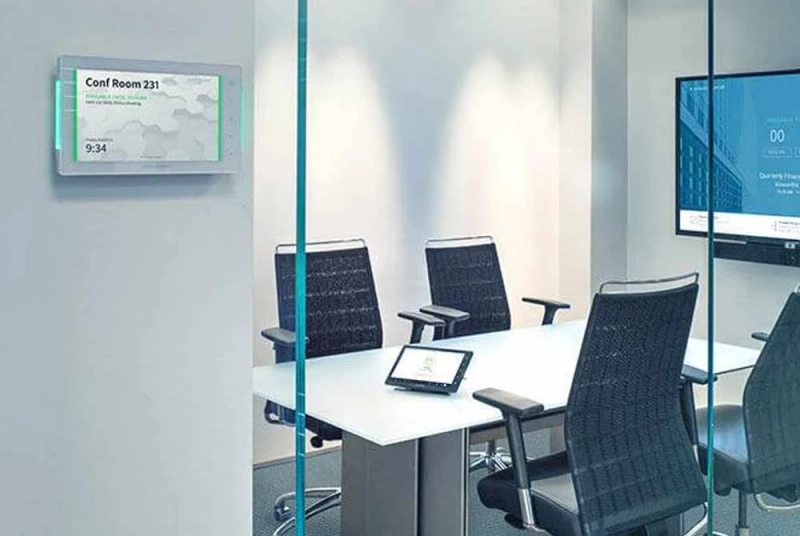Modern environments — whether corporate boardrooms, educational institutions, or entertainment venues — are increasingly reliant on seamless, integrated audio-visual systems. At the heart of these smart setups lies the AV Control System, a powerful backbone that ensures synchronized communication between various multimedia components.
As technology continues to evolve, understanding what an AV control system is and how it functions is crucial for businesses and institutions aiming to enhance user experience and operational efficiency.
What Is an AV Control System?
An AV Control System is essentially the brain behind a room’s audio-visual technology. It manages, automates, and coordinates multiple devices including projectors, displays, audio inputs, conferencing tools, lighting, and even HVAC systems. This allows users to control all integrated components via a centralized interface — usually a touch panel, keypad, or mobile application.
The control system eliminates the need to manually operate each device, offering not only AV control solutions that streamline workflows but also fostering ease of use, especially in multi-functional environments.

Key Components of AV Control Systems
To understand how AV control systems work, it’s essential to explore the components that make up this complex yet user-friendly infrastructure:
- AV Controller: The AV controller acts as the central processor that interprets user commands and relays them to various devices. This could be a physical box installed in a rack or a software-based solution in cloud-integrated systems.
- User Interface: Touch screens, button panels, and mobile apps serve as the user interface, making it easy to send instructions to the system.
- Connectivity Modules: These include Ethernet ports, HDMI, IR blasters, and RS232 connections that facilitate communication between the AV controller and peripheral devices.
Benefits of Using AV Control Solutions
Adopting professional AV control solutions provides significant advantages across different sectors:
1. Streamlined Operations
By automating routine tasks — like turning on displays, lowering blinds, or switching inputs — AV systems improve operational efficiency.
2. User-Friendly Interaction
Even non-technical users can operate complex setups with intuitive interfaces, reducing dependency on IT support.
3. Enhanced Presentation Experience
In classrooms or boardrooms, AV control allows seamless transitions between content types, ensuring presentations run smoothly.
4. Scalability and Integration
Modern systems are designed to scale, allowing new devices or spaces to be added with minimal disruption. They also integrate with platforms like Zoom, Microsoft Teams, and room scheduling tools.
Real-World Testimonial
“Our conference rooms went from chaotic to streamlined overnight. With the new AV control system, we no longer waste time figuring out how to connect devices. Everything works with a single touch.”
— Laura S., Operations Manager, Sydney
Frequently Asked Questions
Q: Can I control lighting and HVAC with an AV control system?
Yes. Many advanced AV control solutions include modules that support lighting and HVAC control, creating a fully integrated smart environment.
Q: Are AV controllers compatible with legacy equipment?
In most cases, yes. Many AV controller brands offer backward compatibility or adaptors that help connect older devices to modern control systems.
Q: Is professional installation required?
For larger or more complex environments, professional installation is recommended to ensure optimal configuration and long-term reliability.
Choosing the Right AV Control System
Selecting an AV control system should be based on your environment’s needs. Whether you're outfitting a single room or an entire building, key considerations include:
- Compatibility with existing devices
- Type of user interface required
- Network infrastructure
- Budget and scalability requirements
- It’s also advisable to consult with certified AV integrators who can assess your setup and recommend tailored AV control solutions.

Final Thoughts
In today’s dynamic digital world, Interactive Projector Screen are more than just a convenience — they’re a necessity. By centralizing control and offering seamless interaction with multiple devices, these systems transform how we teach, present, collaborate, and entertain.


